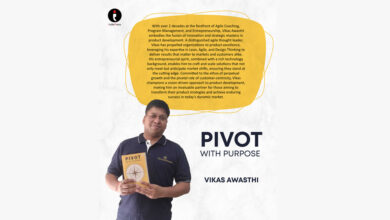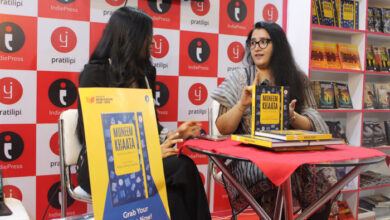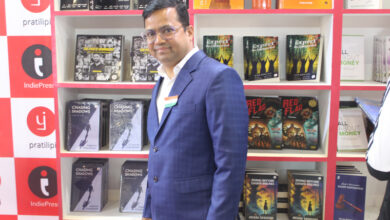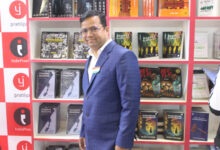Unravel the Mystery at Every Turn: Dive into Shaurya Grover’s “The Crooked Fork”

- Could you give a brief synopsis of your book and the main issues it tackles in the modern world?
The book attempts to delve into the evolution and eclectic histories of six core dishes and some ancillary ones that are associated with Indian cuisine to challenge the notion of authenticity. The stories are obtained from publicly available resources.
- What specifically motivated you to write this book, and what particular knowledge or experiences do you bring to the topic?
I am a High School student of Indian origin who was born and raised in America. I have loved food and been interested in exploring various cuisines particularly those of South Asia since I was little. This led to a podcast I started three years ago, where I was lucky enough to interview Michelin star chefs and restaurateurs as well as accomplished food historians and critics. Conversations with them led me to think about compiling stories about the evolution of some signature dishes associated with what is considered standard Indian dishes to expose the complex course of historic and economic trends that creates the culture of a particular period that so often shapes our identities.
- Could you outline some of the most important lessons or revelations that readers should anticipate from your book?
What we consider to be authentic Indian cuisine specially in a typical North Indian restaurant is an amalgamation of influences from our Vedic heritage, the geography of the area as well strong outside influences from Central Asia, Middle East, the Portuguese trader and the British colonization. Further, specific historic trends that led to the inception of the initial Indian restaurants influenced the curation of the standard menu of an Indian restaurant and put them in the hands of people who eventually became Bangladeshi restaurateurs owning Indo-Pak restaurants.
- Could you provide any case studies or real-world examples from your book that exemplify the ideas you talk about?
It seems that red chili powder is considered the quintessential Indian spice, yet it was brought to India in the mid 1700s by the Portuguese and only reached North India in the mid-1800s.
- When creating this book, did you face any special difficulties or barriers? If so, how did you get beyond them?
As an eleventh grader in school with a very tough curriculum, I was juggling multiple priorities ranging from academics, sports, various clubs that I am involved in, my podcast as well as researching for and writing the book.
- What do you think readers will learn from your book, and how do you see it improving their lives?
In todays’ world the concept of identity such as national, religious, gender etc. are a subject of intense debate and discussion. While I hope that this will be a fun book to read without any message, supplemented by a few recipes contributed by world famous chefs, I hope it will also bring some attention to how fluid the concept of a pure identity is and how shallow in many ways.
- How does your book stay relevant and flexible for readers over time in a world that is changing so quickly?
The history and stories of various dishes, and the key messages stay true over time. As the recipes evolve further, this book will serve as a time capsule for the journey to this point in time providing context.
— Get Your Copy Today!








